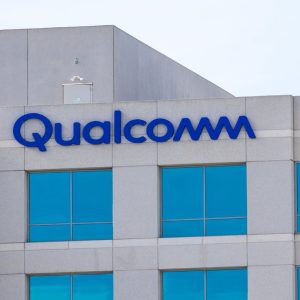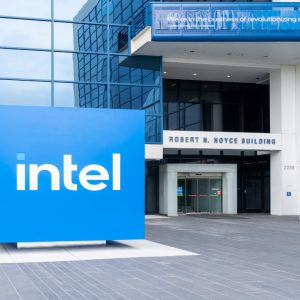Entropic Inc is attempting to break free from the company’s academic background and move into the growing market for speech recognition telephony applications market. The firm grew out of Washington Research Laboratory (WRL), which was established in 1985 by Entropic’s President, Dr. John Shore. The signal processing tools developed at WRL became the basis of Entropic’s initial Unix-based ESPS and Waves speech and signal processing tools widely used in scientific R&D labs and which the company still sells. In 1991 Shore went on to form the Entropic Research Laboratory (ERL) Inc to concentrate on the development of these tools. In 1995 ERL and Cambridge University Engineering Department collaborated to start Entropic Cambridge Research Laboratory (ECRL) in the UK. Initially, ECRL was formed to further develop Cambridge University’s Hidden Markov Model Toolkit (HTK) for speech recognition research and development. Hidden Markov Models are statistical probability models that form the basis of most speech recognition software. This year saw the merger of ERL and ECRL establishing both companies as Entropic, with Entropic Inc based in Washington DC, and Entropic Systems Ltd in Cambridge, UK. The firm’s Group Technical Director Steve Young said that the strength of Entropic’s technology lay in their implementation of the building blocks of voice recognition technology. Young said that although there are only 40 different sounds in modern spoken English, the subtle differences in pronunciation of phonemes – fragments of spoken sound such as ‘ooh’ – meant that an accurate speech recognition system would need to be built around approximately 20,000 Hidden Markov Models. Young claimed that the company’s patented recognition technology, which matches the speech data to the correct Markov Model for the spoken sound was extremely accurate, claiming it as the best. Although he demurred comparisons between Entropic’s speech engine and equivalent technologies such IBM Corp’s ViaVoice, saying, is a Mercedes better than a BMW? Unlike Viavoice and Dragon System’ software, Entropic’s is focusing on telephony and transcription systems. Brian Corbett, the company’s CEO, says that the company will supply and implement customized interactive telephony systems, including telephony interfacing software, the voice recognition software and the telephone hardware if required. Corbett, said that an average system would typically cost 100,000 pounds and above. The average implementation time is 4 to 5 weeks.






